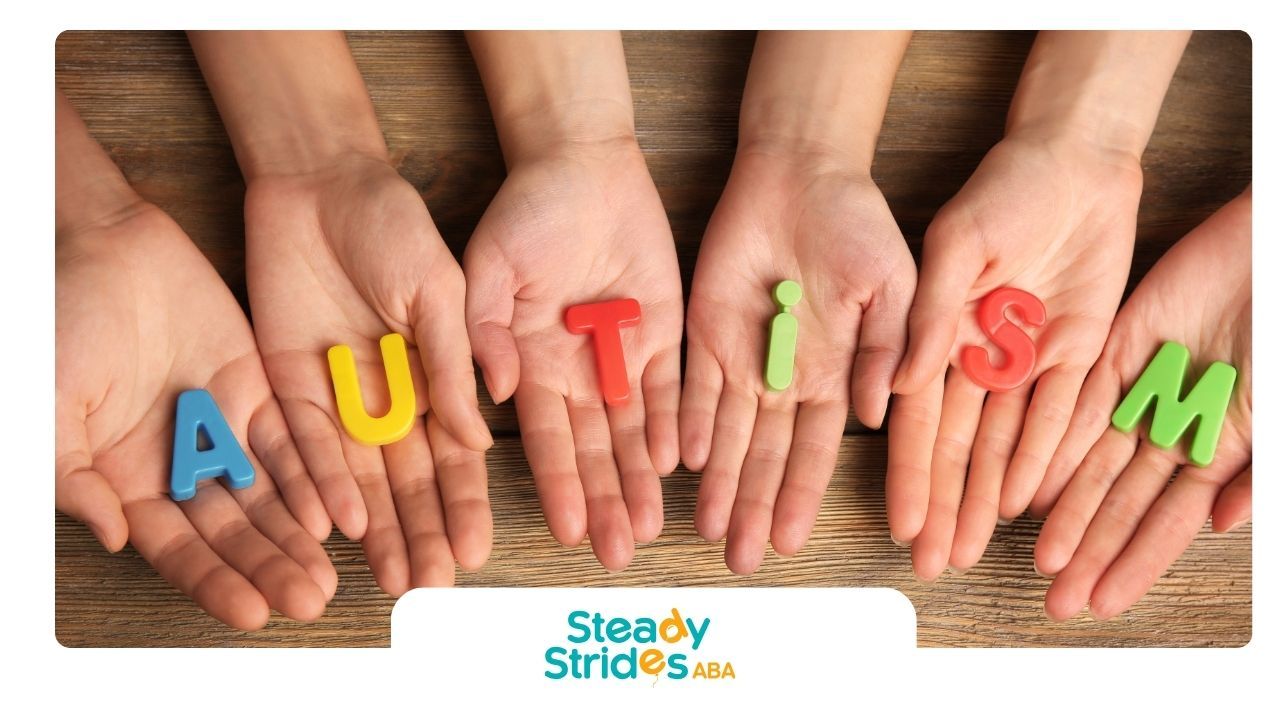As a parent, watching your toddler navigate through the world is a journey filled with wonder and joy. However, if your little one is facing developmental challenges, this journey might come with unique hurdles. Applied Behavior Analysis (ABA) therapy has emerged as a valuable tool in helping toddlers overcome developmental obstacles and reach their full potential.
What is ABA Therapy?
Applied Behavior Analysis (ABA) is a therapeutic approach based on the principles of learning and behavior. It focuses on understanding how behavior works, how it is influenced by the environment, and how learning takes place. ABA therapy for toddlers involves breaking down complex skills into smaller, more manageable tasks and teaching them using systematic reinforcement strategies.
Benefits of ABA Therapy for Toddlers
- Early Intervention: ABA therapy is most effective when started early, making it particularly beneficial for toddlers. Early intervention can lead to better outcomes and increased developmental gains.
- Individualized Treatment: Each toddler is unique, and ABA therapy recognizes this by tailoring interventions to meet the specific needs of the child. Whether addressing communication, social, or behavioral challenges, the therapy is personalized to promote maximum progress.
- Skill Development: ABA therapy focuses on teaching essential skills such as communication, social interaction, play, and self-care. Through structured teaching methods and positive reinforcement, toddlers learn and generalize these skills in various settings.
- Behavior Management: For toddlers exhibiting challenging behaviors such as tantrums or aggression, ABA therapy provides effective strategies to manage and reduce these behaviors. By identifying the underlying causes and implementing appropriate interventions, parents and therapists can promote positive behavior.
- Family Involvement: ABA therapy encourages active participation from family members, empowering parents to become effective agents of change in their child's development. Through parent training and involvement in therapy sessions, caregivers learn valuable skills and strategies to support their child's progress at home.
- Reduction of Problem Behaviors: A significant advantage of ABA therapy is its focus on addressing problem behaviors effectively. By identifying the triggers and functions of challenging behaviors, therapists can develop targeted interventions to reduce these behaviors and promote positive alternatives.
Methods Used in ABA Therapy for Toddlers
- Discrete Trial Training (DTT): DTT involves breaking down skills into small, discrete components and teaching them systematically through repetition and reinforcement. It is highly structured and allows for precise measurement of progress.
- Natural Environment Teaching (NET): NET takes place in the natural environment, such as during play or daily routines. It capitalizes on naturally occurring opportunities to teach and generalize skills, making learning more meaningful and functional for toddlers.
- Incidental Teaching: This method involves taking advantage of spontaneous teaching moments that arise during everyday interactions. Therapists and parents prompt and reinforce desired behaviors as they naturally occur, promoting learning in real-life situations.
- Task Analysis: Task analysis involves breaking down complex skills into sequential steps, making them easier for toddlers to learn and master. Therapists use task analysis to create individualized teaching plans that scaffold learning and promote skill acquisition.
- Prompting and Prompt Fading: Prompting involves providing assistance or cues to help toddlers complete tasks successfully. Over time, prompts are systematically faded to promote independence and generalization of skills. This method ensures that toddlers learn to perform tasks independently while still receiving support as needed.
- Social Stories: Social stories are short narratives that describe social situations, behaviors, or concepts in a clear and structured manner. They are used to teach toddlers appropriate social skills, routines, and expectations in various contexts, helping them navigate social interactions more effectively.
Effectiveness of ABA Therapy for Toddlers
Research consistently supports the effectiveness of ABA therapy for toddlers with developmental challenges, particularly those diagnosed with autism spectrum disorder (ASD). Studies have shown significant improvements in communication, social skills, and adaptive behaviors among children who receive early and intensive ABA interventions.
Is ABA Therapy Right for Your Toddler?
Deciding whether ABA therapy is suitable for your toddler is a significant decision that should involve careful consideration and consultation with professionals. While ABA therapy has demonstrated benefits for many children, it's essential to assess your child's unique needs, preferences, and family dynamics before pursuing treatment.
In conclusion, ABA therapy holds tremendous promise for toddlers facing developmental challenges. Its individualized approach, focus on skill development, and evidence-based methods make it a valuable tool in helping children reach their full potential. If you believe your toddler could benefit from ABA therapy, don't hesitate to reach out to professionals for guidance and support.
Steady Strides is dedicated to providing high-quality ABA therapy services for toddlers and children with developmental challenges. Our team of experienced therapists is committed to helping your child thrive and succeed.
Contact us today to learn more about how ABA therapy can make a difference in your toddler's life.













